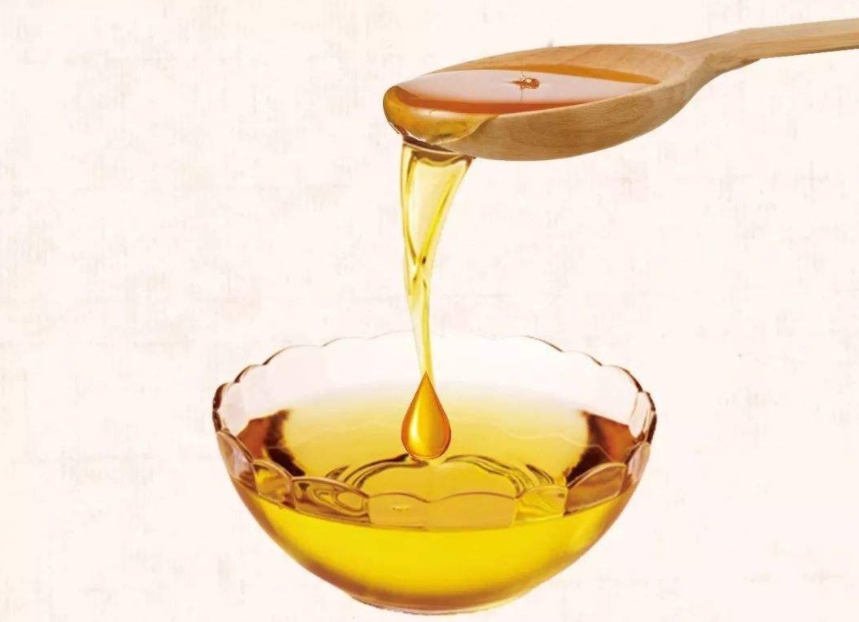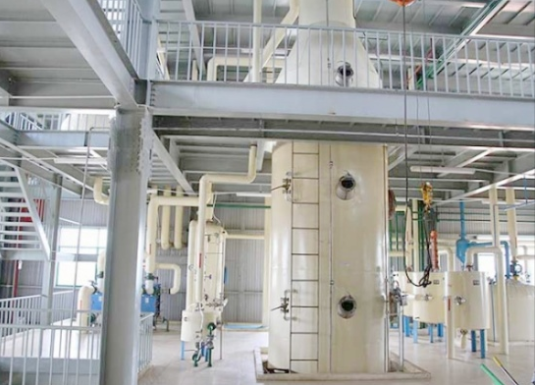The peculiar smell produced by the crude oil obtained by pressing or leaching method during processing and storage is collectively called odor, and its main components are low molecular weight ammonia, ketones, alcohols, FFA, unsaturated hydrocarbons, solvents, etc. In order to make the crude oil meet the national food standards, the crude oil needs to be deodorized.

At present, the deodorization of edible oil generally adopts the steam stripping deodorization process, that is, the process of removing the odorous substances by the principle of steam distillation under the conditions of high temperature and high vacuum by using the difference in volatility between triglycerides and odorous substances. The specific method is: first remove and heat the air in the crude oil, then pass direct steam into the deodorization equipment, raise the temperature of the deodorization oil to 260°C, keep the deodorization equipment in a vacuum state, and remove the odor during the deodorization time.

Process requirements for edible oil deodorization:
1. Stripping steam:
The function of direct steam is mainly to promote the full mixing and turning of the oil, expand the volatilization area, and facilitate the removal of odorous substances at a lower temperature.
2. Crude oil temperature:
Under vacuum conditions, the crude oil temperature is generally required to be 200~275°C. High temperature can increase the vapor pressure difference between oils and odorous substances, which is conducive to deodorization.
3. High vacuum:
Generally 0.133~1kPa (1~8mmHg). The vacuum degree plays an important role in accelerating the pressure difference, reducing the temperature and steam consumption of the deodorized oil, preventing the crude oil from oxidizing and deteriorating, and shortening the stripping and deodorizing time.
4. Degassing and heating of crude oil:
In order to prevent the air dissolved in the grease from oxidizing the crude oil, it is necessary to preheat the decolorizing oil to 110~140℃, and then degas it under 13kPa vacuum.
5. Vacuum cooling after deodorization:
For some flavor-sensitive fats and oils, cooling should be carried out to avoid back-taste, even back acid and color back.
The edible oil deodorization process has some important technical parameters, which need to be determined by the engineer according to the crude oil quality and refined oil requirements. If you need edible oil deodorization equipment, please feel free to contact us.
Copyright © Henan Zhongxing Grain And Oil Machinery Co.,Ltd. All Rights Reserved. Powered by MetInfo